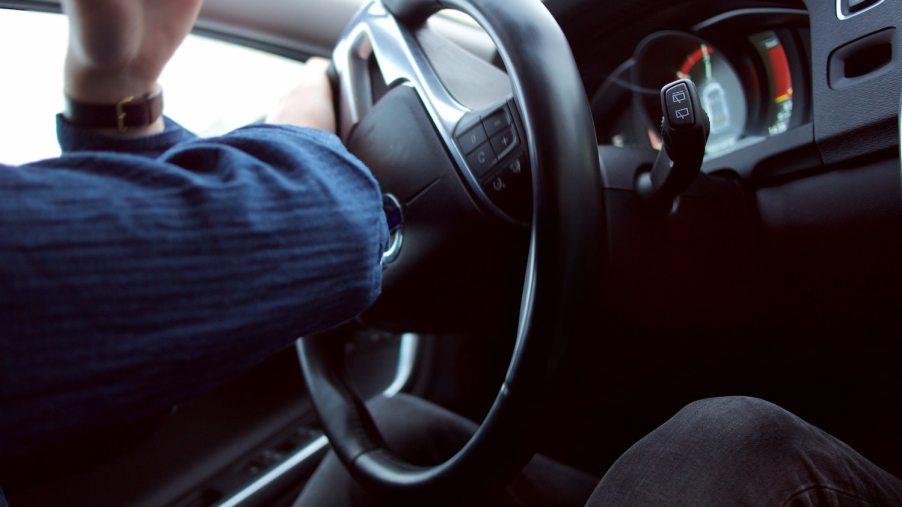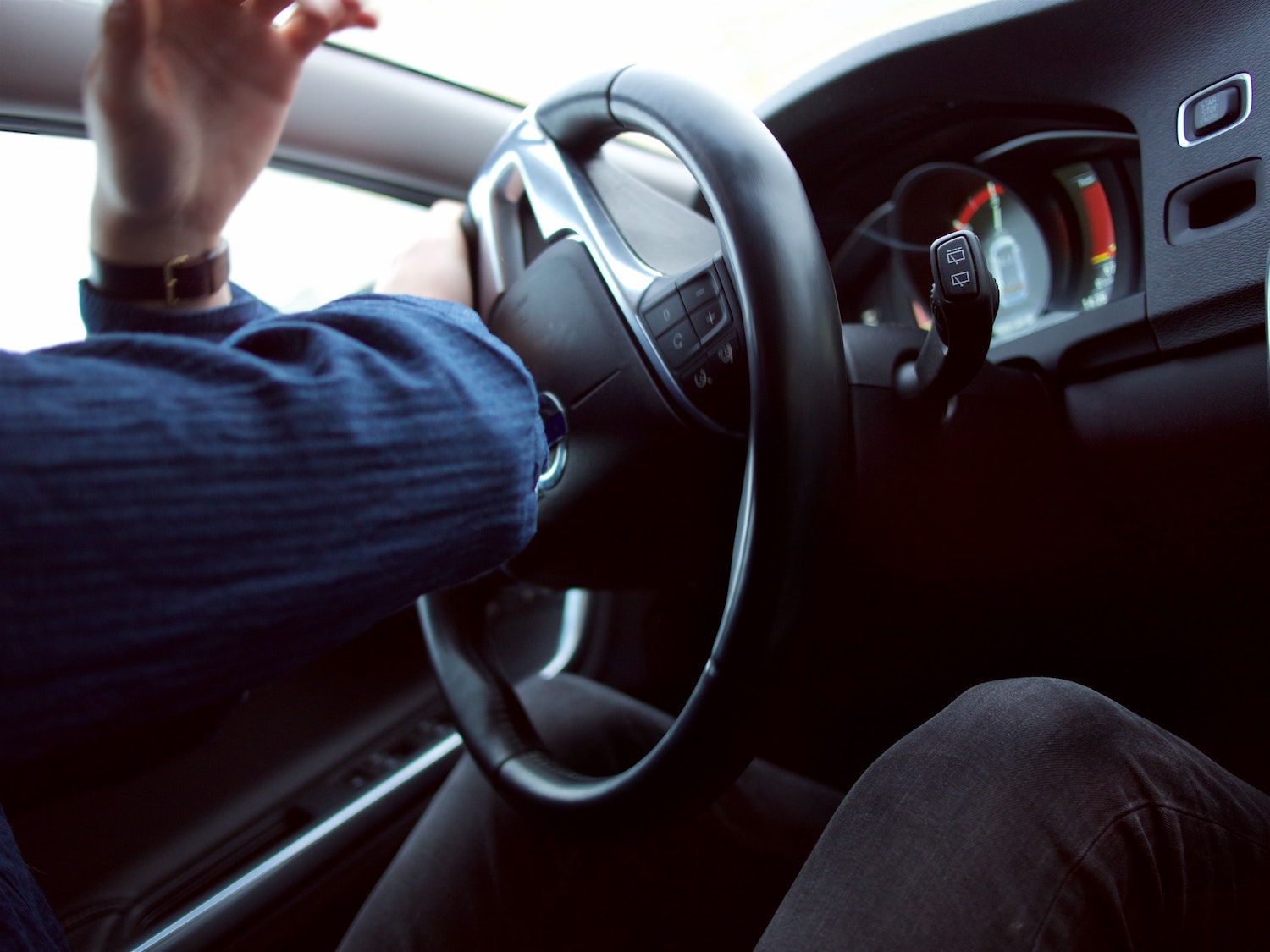
Can You Turn Off Auto Braking?
Automatic emergency braking (AEB) is a driver aid aimed to improve car safety. Most new vehicles are equipped with this autonomous safety system: they will attempt to stop themselves if they detect an obstacle. But AEB is still far from perfect, so how do you turn off auto braking?
Is an auto braking system mandatory?
Automatic emergency braking will not be mandatory until 2025. But it is already standard equipment on almost every new car and light-duty truck.

Automatic emergency braking (AEB) appeared as a luxury car option in the mid-2000s. The Insurance Institute for Highway Safety (IIHS) found a 50-percent decrease in rear-endings for vehicles equipped with driver-assist features such as forward collision warning (FCW) and auto braking–according to JD Power.
The DOT and NHTSA agreed on a 2025 mandate for all new vehicles in the US to include auto braking. So until 2025, automatic emergency braking is not mandatory.
Twenty separate automakers signed a pledge to include AEB on all vehicles sold after September 2022. Most of these automakers made AEB standard on all their vehicles at the beginning of the 2022 model year.
How do you turn off auto braking?
Every vehicle is slightly different. But most automakers build a menu in the infotainment system to tweak your driver aid technologies. Turning off auto braking is almost always an option.

Some drivers still want to be in full control of their vehicles. Others claim AEB systems brake unnecessarily.
Luckily for these folks, most automakers allow you to switch your auto braking off and back on. The upcoming government mandate compels automakers to include an automatic braking system by 2025. But the mandate does not require drivers keep it switched on.
In the future, insurance companies may require drivers to keep AEB on. Or perhaps certain cities will require auto braking in use in city limits. Finally, there is even a chance drivers who switch it off and cause an accident could be found negligent in court. But this is all speculation: none of these things has happened yet.
Automatic emergency braking (AEB) system problems

Like most technologies, this first generation of automatic emergency braking (AEB) is far from perfect. Users have reported a range of problems.
Firstly, many car owners found auto braking to be over-eager, even intrusive. Critics found the first generation of auto braking on the Honda Accord stopped a bit early in stop-and-go traffic. Some owners of the current Toyota Tundra noticed the truck mistaking very steep hills for walls and tapping the brakes.
Secondly, some overconfident drivers found auto braking did not work in all conditions. Tesla autopilot problems cropped up when Tesla’s with FSD struck several emergency vehicles parked in the highway breakdown lane–despite lights and sirens. Then a recent study found that automatic braking does not work very well at all after dark.
But automakers are hard at work improving auto braking. Hopefully, the next generation of AEB irons out these wrinkles. Learn how auto braking works in the video below:



